The 20th century was a groundbreaking era for cinema, with filmmakers pushing boundaries and creating iconic films that redefined the medium. From revolutionary special effects to new narrative styles, these movies not only captured the spirit of their time but also changed how we view and make films today. Some of these films became instant classics, while others set trends that are still influencing filmmakers decades later.
In this list, we highlight 23 of the absolute best films of the 20th century—each one a game-changer in its own right. These are the films that shaped the way we experience storytelling, filmmaking, and even pop culture. Whether through innovative techniques, powerful performances, or unforgettable moments, they left an undeniable mark on the cinematic world.
The Godfather (1972)
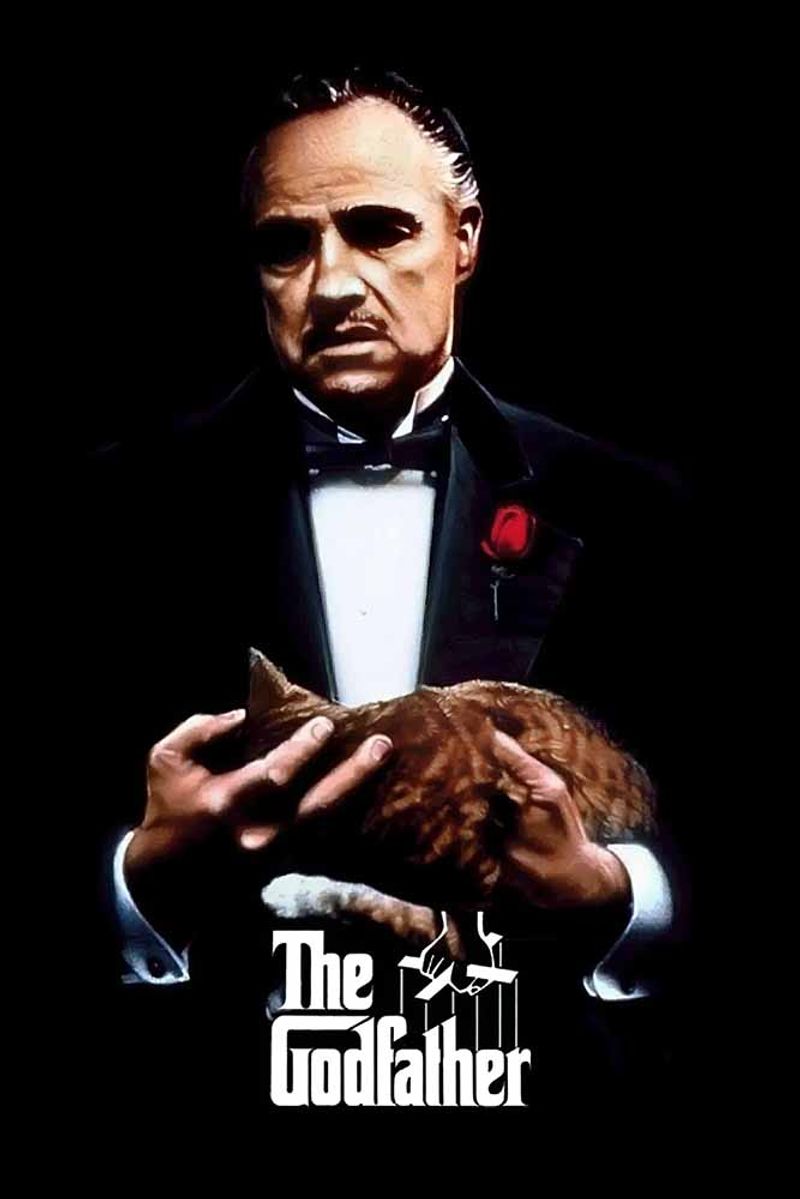
With an aura of quiet menace, ‘The Godfather’ opens the door to the intricate world of organized crime. Marlon Brando’s iconic portrayal of Don Vito Corleone, a wise yet ruthless mafia patriarch, sets the stage for a family saga drenched in loyalty and betrayal. The film’s artful narrative, coupled with lush cinematography, offers a compelling exploration of power and tradition. As the story unfolds, viewers are drawn into the Corleone family’s moral complexities, making this film a timeless masterpiece that continues to captivate audiences. Enriched by Francis Ford Coppola’s direction, it remains a cornerstone of American cinema.
Citizen Kane (1941)
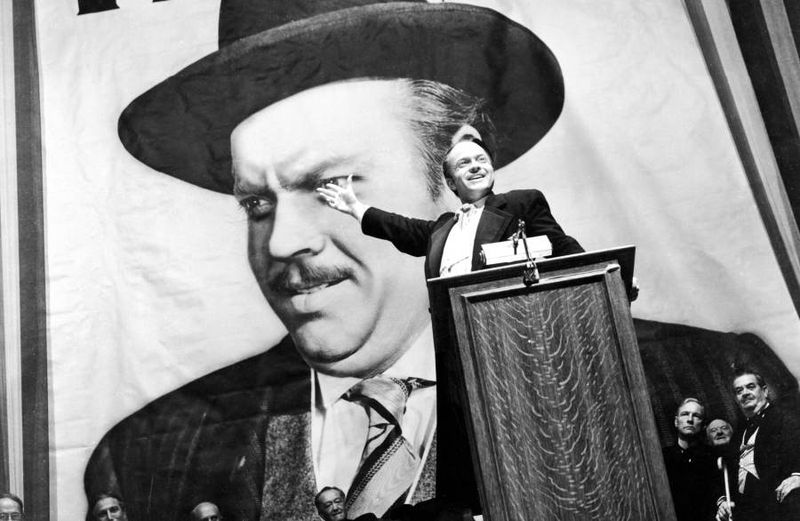
Orson Welles’ ‘Citizen Kane’ is often hailed as the greatest film ever made. It chronicles the rise and fall of Charles Foster Kane, a complex media tycoon whose life is pieced together through the memories of those who knew him. With its innovative narrative structure and pioneering cinematography, the film broke new ground in visual storytelling. The use of deep focus and non-linear narrative weaves a tapestry of ambition, love, and regret. Its exploration of the American Dream and the elusiveness of happiness resonates as powerfully today as it did at its release.
Psycho (1960)
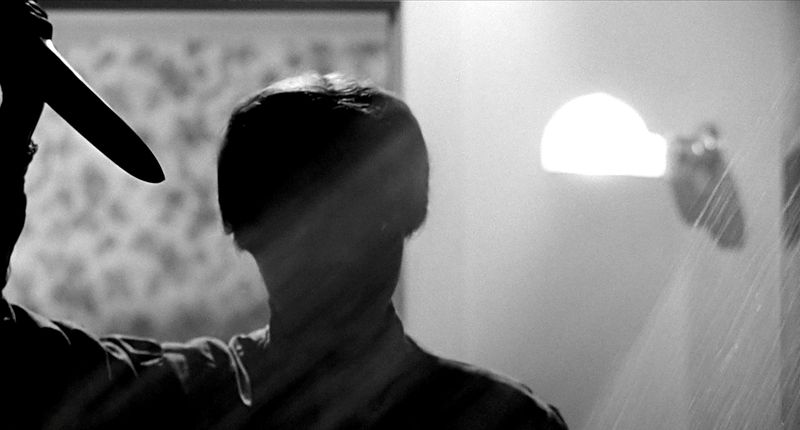
Alfred Hitchcock’s ‘Psycho’ remains a masterclass in suspense and horror. This chilling tale of murder at the eerie Bates Motel forever altered the landscape of psychological thrillers. Anthony Perkins’ portrayal of the unsettling Norman Bates, with his unsettling smile and dual personality, is unforgettable. The infamous shower scene, with its intense score and rapid cuts, has become a cultural touchstone. Hitchcock’s genius lies in his ability to manipulate the audience’s emotions, keeping them on edge throughout. The film’s legacy endures, influencing countless works and solidifying Hitchcock’s reputation as the ‘Master of Suspense.’
Metropolis (1927)
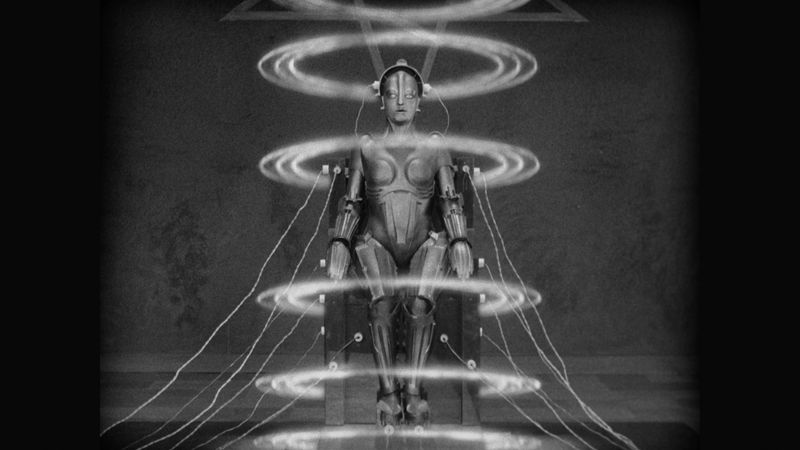
Fritz Lang’s ‘Metropolis’ is a silent film phenomenon that laid the groundwork for science fiction cinema. Set in a dystopian future, it explores class struggle and the dehumanizing effects of industrialization. The film’s monumental cityscapes and innovative special effects showcase a visionary imagination. Robot Maria, a striking symbol of technology’s duality, captivates with her eerie presence. The visual splendor and social commentary resonate with modern audiences. As a cinematic milestone, ‘Metropolis’ influenced generations of filmmakers and remains a profound exploration of human and machine interaction.
Star Wars: A New Hope (1977)

George Lucas’ ‘Star Wars: A New Hope’ revolutionized the landscape of science fiction with its imaginative universe and groundbreaking special effects. This epic saga of good versus evil introduces audiences to the heroic Luke Skywalker, the wise Obi-Wan Kenobi, and the menacing Darth Vader. The film’s blend of mythology and space opera, along with John Williams’ iconic score, created an indelible cultural phenomenon. As lightsabers clash and starfighters zoom through space, the thrilling adventure continues to inspire and entertain new generations, solidifying its place in cinematic history.
Casablanca (1942)
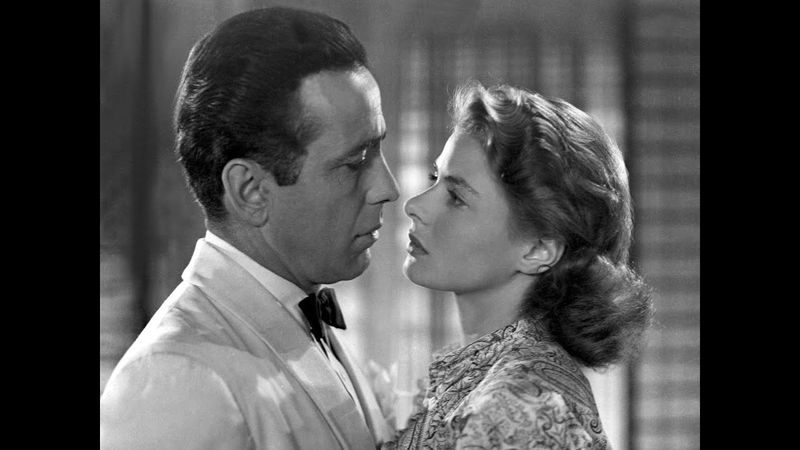
The timeless romance of ‘Casablanca’ is set against the backdrop of World War II, weaving a tale of love, sacrifice, and heroism. Humphrey Bogart’s stoic Rick Blaine and Ingrid Bergman’s enigmatic Ilsa Lund create a captivating chemistry that has enchanted audiences for decades. The film’s memorable lines and poignant scenes are etched in cinematic history. With its soulful music and rich atmosphere, ‘Casablanca’ offers an emotional journey through a world torn by conflict. It remains a symbol of love’s enduring power, resonating with viewers across generations.
The Wizard of Oz (1939)

‘The Wizard of Oz’ is a magical journey into a land of wonder and adventure. Judy Garland’s Dorothy, with her ruby slippers and faithful dog Toto, embarks on a quest to return home. The vibrant Technicolor and imaginative characters, from the heartwarming Scarecrow to the fearsome Wicked Witch, captivate audiences young and old. Its themes of friendship, courage, and self-discovery are timeless. The film’s enchanting musical numbers, including ‘Over the Rainbow,’ continue to uplift spirits. A cornerstone of family entertainment, it remains a beloved classic worldwide.
Schindler’s List (1993)

Steven Spielberg’s ‘Schindler’s List’ is a powerful portrayal of humanity amidst the horrors of the Holocaust. Through the eyes of Oskar Schindler, a flawed yet compassionate industrialist, the film reveals the impact of one man’s courage. The haunting black-and-white cinematography underscores the grim reality, while moments of hope shine through. Schindler’s moral awakening and his efforts to save Jewish lives offer a moving testament to the resilience of the human spirit. The film’s compelling narrative and emotional depth make it a poignant reminder of history’s darkest times.
2001: A Space Odyssey (1968)

Stanley Kubrick’s ‘2001: A Space Odyssey’ is a visual and philosophical marvel that transcends traditional storytelling. Its exploration of human evolution, artificial intelligence, and the unknown is conveyed through stunning imagery and an enigmatic narrative. The film’s groundbreaking special effects and intricate design transport viewers into the vastness of space. HAL 9000, the emotionless supercomputer, adds a chilling dimension to the journey. The symphonic score enhances the sensory experience, leaving audiences in awe. A landmark in science fiction, it challenges perceptions and invites contemplation about humanity’s place in the universe.
Gone with the Wind (1939)

‘Gone with the Wind’ is an epic saga of love and loss set against the backdrop of the American Civil War. Vivien Leigh’s portrayal of the fiery Scarlett O’Hara, with her indomitable spirit, captivates audiences. The film’s lavish production and sweeping score enhance its emotional depth. As Scarlett navigates the turbulent world, her resilience and ambition shine through. The complex relationships and historical context offer a panoramic view of change and survival. A monumental achievement in cinema, it continues to resonate with its rich narrative and timeless themes.
Jaws (1975)
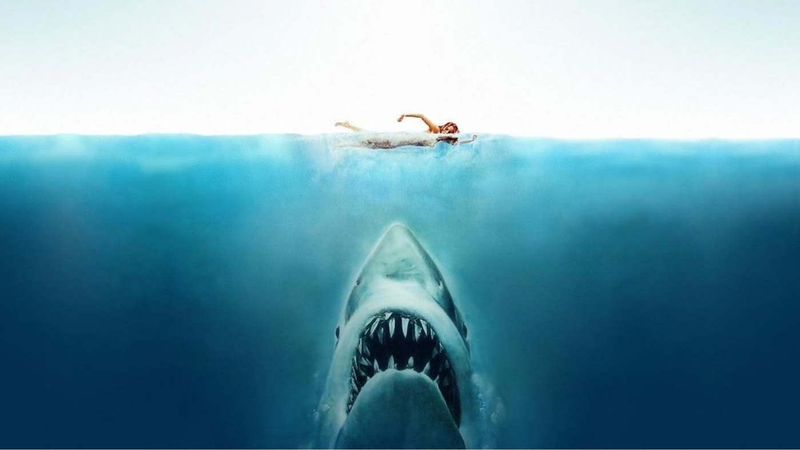
Directed by Steven Spielberg, ‘Jaws’ redefined the summer blockbuster with its gripping tale of terror from the deep. The film’s suspenseful narrative follows a small-town sheriff, a marine biologist, and a grizzled fisherman as they face a monstrous great white shark. The iconic score, composed by John Williams, heightens the tension, making the unseen threat all the more terrifying. Spielberg’s masterful pacing and use of practical effects create a visceral experience that leaves audiences on edge. ‘Jaws’ remains a thrilling adventure and a benchmark in cinematic suspense.
The Seventh Seal (1957)
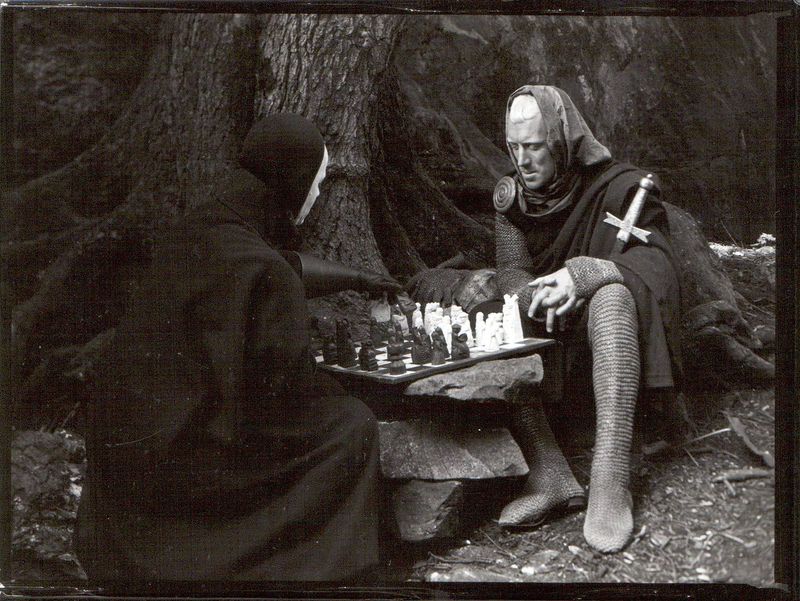
Ingmar Bergman’s ‘The Seventh Seal’ delves into the existential questions of life and death. Set during the Black Plague, it follows a knight’s philosophical journey as he confronts Death, portrayed through a symbolic chess match. Max von Sydow’s portrayal of the introspective knight adds depth to the film’s exploration of faith and meaning. The stark visual imagery and contemplative tone invite reflection on the human condition. Bergman’s masterpiece remains a poignant meditation on mortality and the quest for understanding, influencing filmmakers and thinkers around the world.
Pulp Fiction (1994)
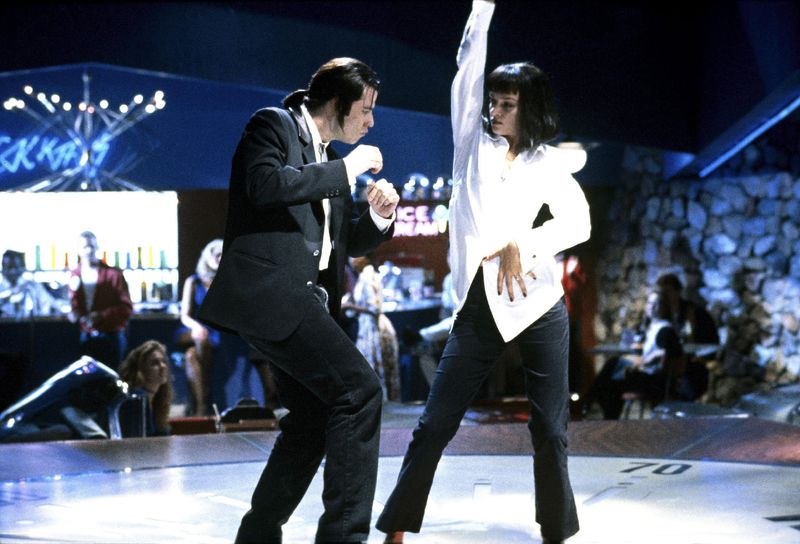
Quentin Tarantino’s ‘Pulp Fiction’ is a cinematic tapestry of intertwined stories and memorable characters. Its non-linear narrative and sharp dialogue create a vibrant, immersive experience. From hitmen discussing fast food to a dance contest at a retro diner, the film crackles with dark humor and unexpected twists. John Travolta, Uma Thurman, and Samuel L. Jackson deliver iconic performances that have become cultural touchstones. The eclectic soundtrack and stylistic flourishes add to its enduring appeal. A landmark in independent cinema, it reshaped narrative conventions and left an indelible mark on popular culture.
Vertigo (1958)
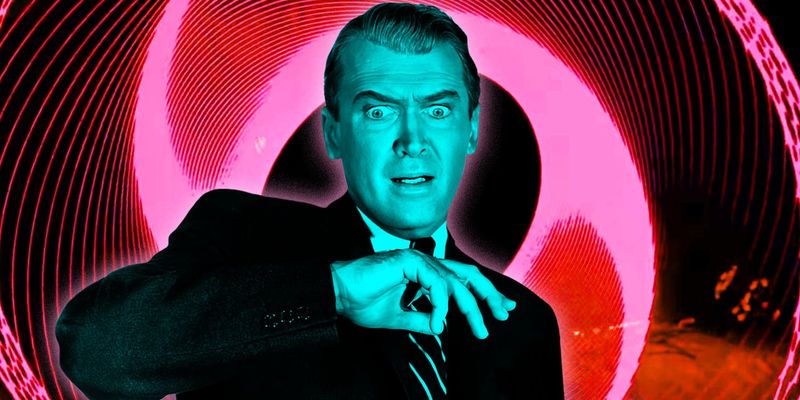
Alfred Hitchcock’s ‘Vertigo’ is a hypnotic exploration of identity and obsession. Set in a dreamlike San Francisco, it follows a retired detective’s spiral into fixation with a woman he is hired to follow. James Stewart’s portrayal captures the torment and yearning at the heart of the film, while Kim Novak’s enigmatic presence adds to the allure. The lush, haunting score by Bernard Herrmann amplifies the psychological tension. A masterpiece of suspense and emotion, ‘Vertigo’ continues to intrigue and unsettle, cementing its status as a Hitchcock classic.
The Good, the Bad and the Ugly (1966)
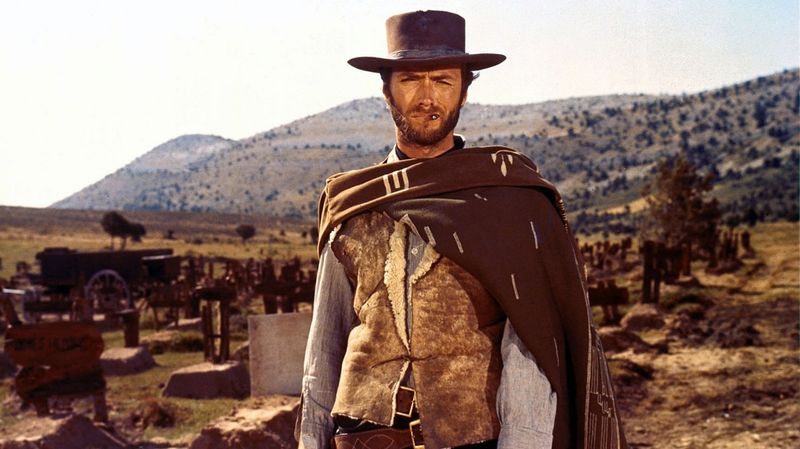
Sergio Leone’s ‘The Good, the Bad and the Ugly’ is an epic western that redefined the genre. Its tale of three gunslingers in pursuit of buried gold unfolds with tension and dry wit. Clint Eastwood’s iconic portrayal of ‘The Good’ conveys stoic intensity, while the film’s sweeping landscapes and Ennio Morricone’s unforgettable score create an atmospheric journey. The film’s intricate plot and dynamic character interplay have left an indelible mark on storytelling. It stands as a testament to Leone’s visionary style and the enduring appeal of the western mythos.
Apocalypse Now (1979)
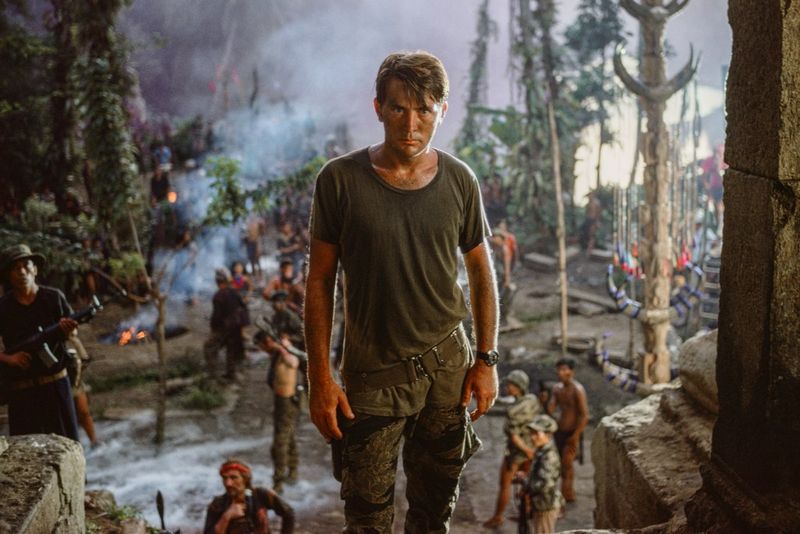
Francis Ford Coppola’s ‘Apocalypse Now’ is a haunting odyssey into the madness of war. Set during the Vietnam conflict, it follows a captain’s mission to confront a rogue colonel deep in the jungle. The film’s visceral imagery and potent performances, particularly by Martin Sheen and Marlon Brando, create an unforgettable experience. The surreal blend of reality and nightmare is heightened by its evocative soundtrack and haunting visuals. Coppola’s masterpiece explores the darkness within, challenging perceptions of morality and humanity, and has become a defining work of anti-war cinema.
Singin’ in the Rain (1952)

‘Singin’ in the Rain’ is a delightful celebration of the transition from silent films to talkies in Hollywood. Gene Kelly’s iconic performance, dancing through puddles with infectious joy, captures the spirit of the era. The film’s vibrant Technicolor, lively choreography, and catchy tunes create an uplifting cinematic experience. Its humorous take on the challenges of early sound cinema is both entertaining and insightful. As a timeless tribute to the magic of movies, it continues to enchant audiences with its blend of comedy, romance, and dazzling spectacle.
Rashomon (1950)

Akira Kurosawa’s ‘Rashomon’ is a pioneering work that examines the nature of truth and perspective. Set in feudal Japan, it presents a single event from multiple viewpoints, each revealing different facets of human nature. Toshiro Mifune’s dynamic performance as the bandit adds intensity to the unfolding drama. The film’s innovative narrative structure and striking visual composition invite reflection on the complexities of reality. ‘Rashomon’ has influenced countless filmmakers and established Kurosawa as a master storyteller, its themes resonating with universal appeal and questioning the reliability of perception.
The Apartment (1960)

Billy Wilder’s ‘The Apartment’ is a sharp, bittersweet comedy that delves into corporate ambition and personal longing. Jack Lemmon shines as a hapless office worker lending his apartment to executives for trysts, capturing the humor and pathos of modern life. Shirley MacLaine’s portrayal of a spirited elevator operator adds warmth and complexity to the film. The witty dialogue and astute social commentary resonate with audiences, offering a poignant reflection on the search for connection. As a classic of American cinema, it remains an insightful exploration of love and loneliness.
Lawrence of Arabia (1962)
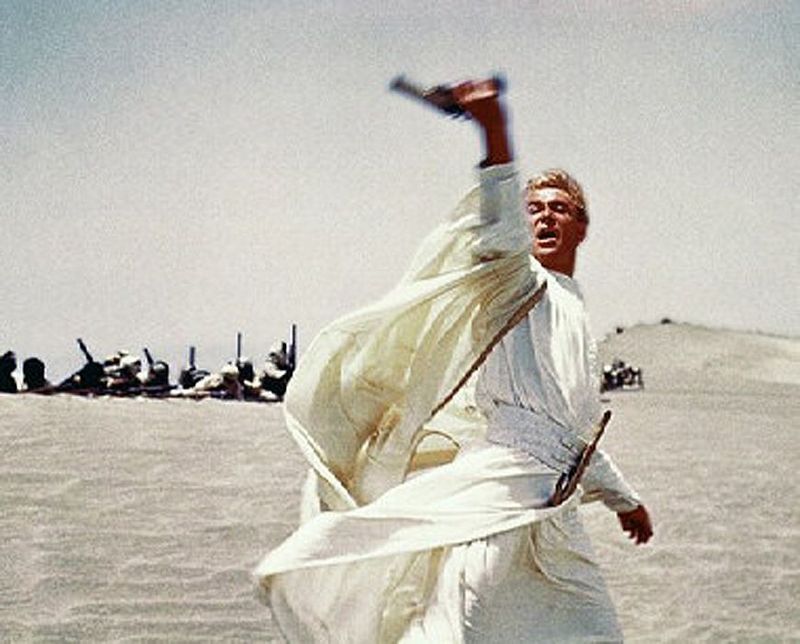
David Lean’s ‘Lawrence of Arabia’ is an epic exploration of identity and empire, following the enigmatic T.E. Lawrence through the deserts of the Middle East. Peter O’Toole’s captivating performance embodies the complexities of a man torn between cultures and loyalties. The film’s sweeping vistas and majestic score create a visual and auditory feast. Its exploration of colonial ambition and personal transformation offers a timeless meditation on heroism and legacy. As a monumental achievement in filmmaking, it continues to inspire and captivate audiences with its grandeur and depth.
A Clockwork Orange (1971)
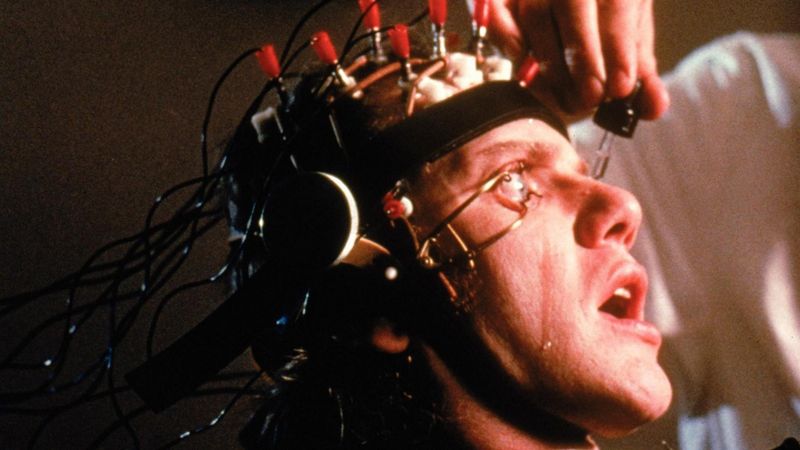
Stanley Kubrick’s ‘A Clockwork Orange’ is a provocative exploration of free will, violence, and societal control. Set in a dystopian future, it follows the misadventures of Alex, an unrepentant delinquent. Malcolm McDowell’s chilling performance and the film’s stark imagery create a disturbing yet compelling vision. The film’s unique language and bold style challenge audiences, prompting reflection on morality and choice. With its haunting score and visual flair, it remains a powerful commentary on human nature. Kubrick’s daring vision continues to provoke and engage, cementing its place in cinematic history.
The Battleship Potemkin (1925)
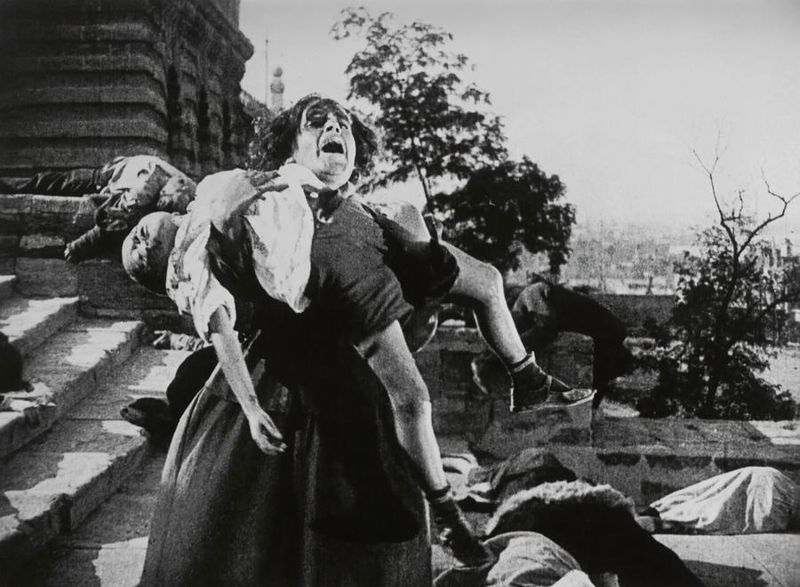
Sergei Eisenstein’s ‘The Battleship Potemkin’ is a landmark in cinematic history, celebrated for its revolutionary storytelling and montage techniques. Depicting a naval mutiny, it captures the fervor of social upheaval with stark intensity. The iconic Odessa Steps sequence, with its rhythmic editing and powerful imagery, remains a masterpiece of visual composition. Eisenstein’s pioneering work in film language established new ways to convey emotion and narrative. As a symbol of revolutionary fervor, it continues to inspire filmmakers and audiences, its impact resonating across cultural and temporal boundaries.
Taxi Driver (1976)

Martin Scorsese’s ‘Taxi Driver’ offers a raw, unflinching look at urban alienation and mental descent. Robert De Niro’s unforgettable portrayal of Travis Bickle, a disillusioned cabbie, captures the fractured psyche of a man on the edge. The film’s gritty depiction of 1970s New York and its haunting score envelop viewers in an unsettling world. As Travis spirals into violence, the narrative raises profound questions about identity and society. ‘Taxi Driver’ remains a searing portrayal of human isolation, with its themes and imagery leaving a lasting impression on cinema.
